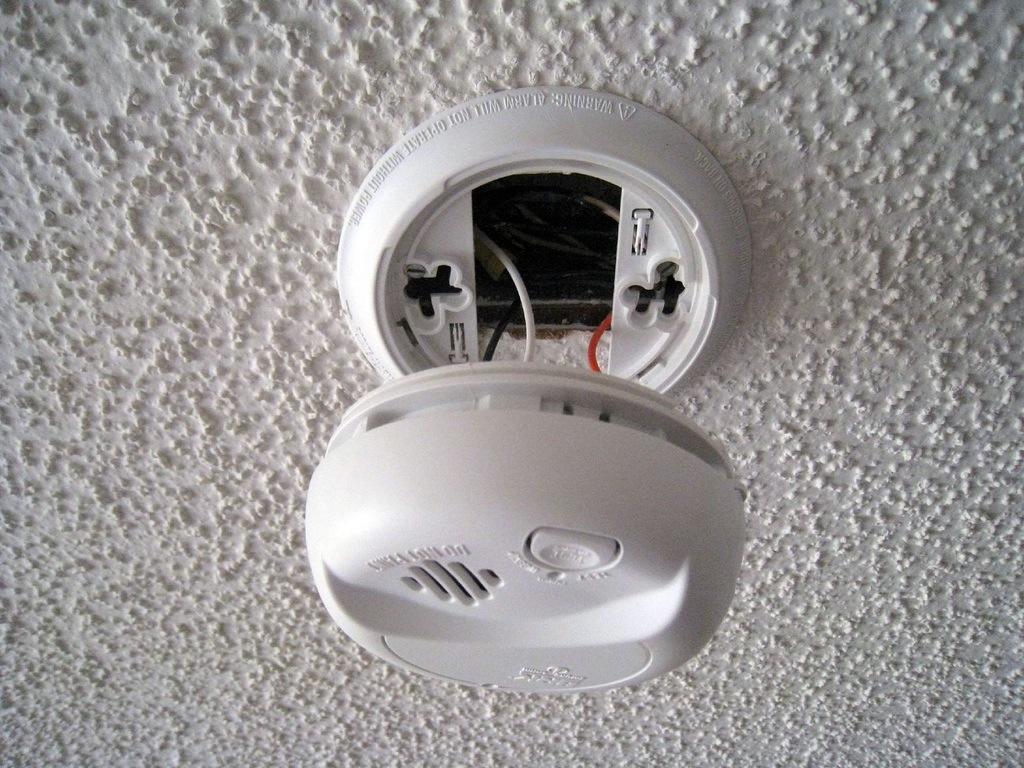With the clocks set to move forward at 02:00AM this Sunday, fire and rescue services across the country are urging people to change their 9V smoke alarm batteries. But if you haven’t changed your smoke alarm in a while, now might be the time to reconsider. Alex Dalland reports.
As part of the “Change Your Clock! Change Your Smoke Alarm Battery!” campaign by Fire and Rescue NSW, residents across the state are being warned to change their smoke alarm batteries to ensure that the devices are properly working.
“A fire can take hold in just three minutes, filling your home with deadly smoke. A working smoke alarm gives you vital seconds to get out before you’re overcome,” Fire and Rescue NSW commissioner Greg Mullins said in a statement earlier this year.
But a recent statement from home safety company Smoke Alarm Solutions suggests that not all smoke alarms are created equal, and that older, ionisation smoke alarms might not be as effective as photoelectric models.
“We attend more than 100 properties every day where the occupant has reported a beeping, faulty or false alarming smoke alarm. In 87% of these fault reports the alarms are ionisation smoke alarms,” Cameron Davis, CEO of Smoke Alarm Solutions says.
“Not only do they have a high fault rate but they do not alert the occupants until the fire has reached the critical stages.”
All homes in Australia are required by law to have at least one smoke alarm installed on each floor. There are two types of commonly sold smoke alarms which fit this standard; ionisation and photoelectric. While ionisation smoke alarms detect invisible particles of combustion and are quick to respond for fast flaming fires, they are more likely to be set off as a ‘false alarm’ and can be slow in responding to slow smouldering fires.
“It is now the responsibility of the Government and Businesses such as Smoke Alarm Solutions to help inform the Australian public on the most effective smoke alarm: the photoelectric alarm,” Mr Davis added.
Often homeowners choose to buy less-expensive ionisation smoke alarms, and in many cases photoelectric smoke alarms can be as much as double the price of an ionisation model. In many cases though, smart shopping can mean a price difference of just a few dollars and can be a worthwhile investment, with all new smoke alarms bearing a manufacturing standard life of 10 years.
“For some years Fire & Rescue NSW (FRNSW) has recommended the installation of the photoelectric smoke alarms, a newer type that can respond faster than the ionisation alarms to most fire types and are less likely to cause false alarms. As an emergency services agency, FRNSW does not set legislation or related standards, but we do recommend people have the best available fire safety equipment to help prevent fires and save lives,” Fire & Rescue NSW Community Safety Assistant Director, Chief Superintendent Chris Lewis says.
“Coming up to the 10th anniversary since it became a legal requirement to have smoke alarms in homes, many of these alarms are reaching the end of their 10-year working life.”
More than half of fatal house fires between 2000 and 2014 occurred in houses without smoke alarms. Both ionisation and photoelectric smoke alarms – as well as 9V batteries – can be purchased at most supermarkets, hardware and electrical goods stores.












